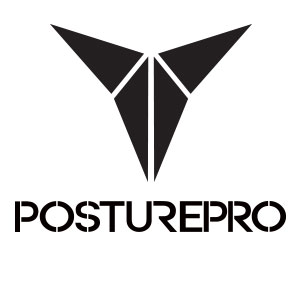What Does Science Tell Us about Back Pain?
It is important to understand the question because it ultimately directs the answer.
Given the many moving parts that make up the spine, it is not surprising that there are a number of causes for lower back pain. This ever growing epidemic is rarely addressed from a global point of view.
Lower back pain is the leading cause of inactivity and absenteeism in the workplace throughout much of the world. This imposes a high economic burden on individuals, families and governments.
What can we do as therapists to address this ongoing problem?
It is commonly thought that lower back pain could be managed with analgesics while others feel that physical therapy rehabilitation and spinal manipulation can potentially alleviate symptoms. One of the questions that comes to mind is whether or not back pain is a cause or a symptom.
Does posture have an influence on the intervertebral disk?
The answer is an astounding yes. An intervertebral disk has a lamellar structure, kind of like an onion.
Its main purpose is to absorb shock in every direction. Unfortunately, it holds one weakness: it cannot overcome torsion very well. Just like Kryptonite is Superman’s weakness, torsion is the weakness of the intervertebral disk. A disk begins to degenerate after years of accumulating asymmetries of torsion.
Once weakened, the nucleus pulposus ruptures though the disk and the yellow membrane thereby affecting the nerve root.
Disk degeneration eventually will occur with postural distortion. It can be prevented and avoided, however, through postural recalibration.
A body that is structurally aligned in the front, back, and side (when viewed against the gravitational reference of plumb and grid lines) is an optimal scenario for sports performance proficiency and injury prevention.
Posturology identifies the important conditions of balance and off-balance as being in the symmetry and alignment of the body.
.
In conclusion, a postural imbalance will lead to a mechanical imbalance, and a mechanical imbalance will always lead to postural decompensation and decreased sports performance of the future athlete.
If you like this article, please share.
The Posturepro Team
Copyright © 2014 Posturepro™








